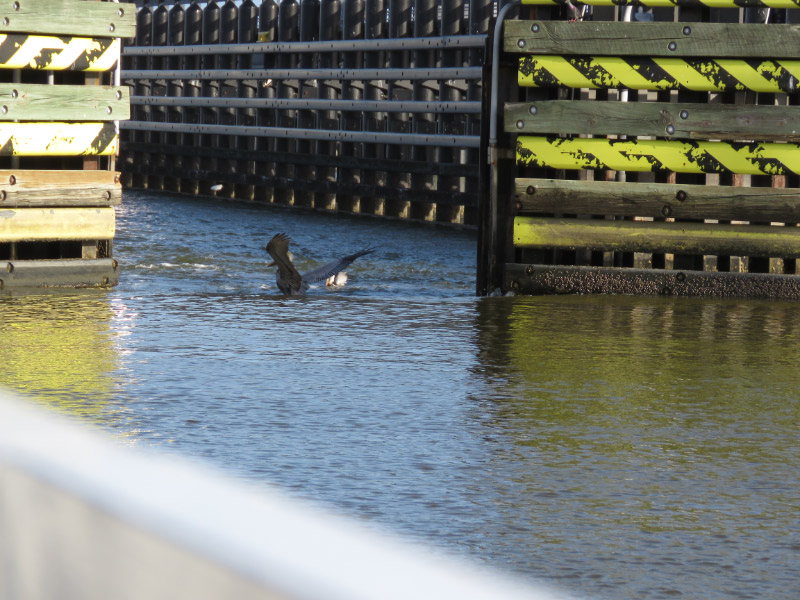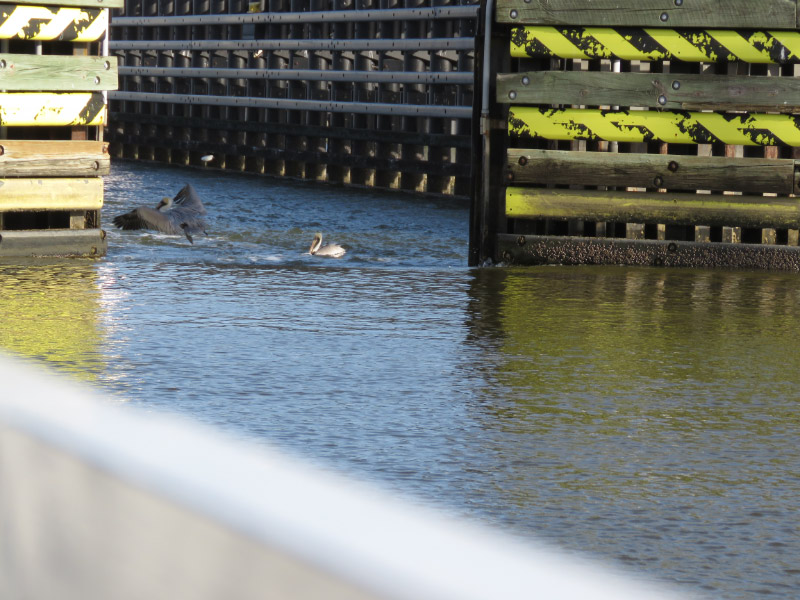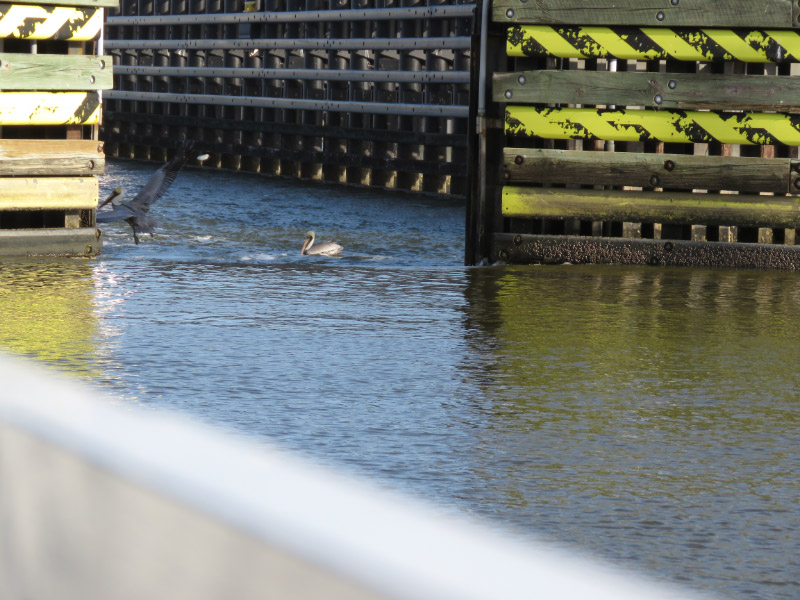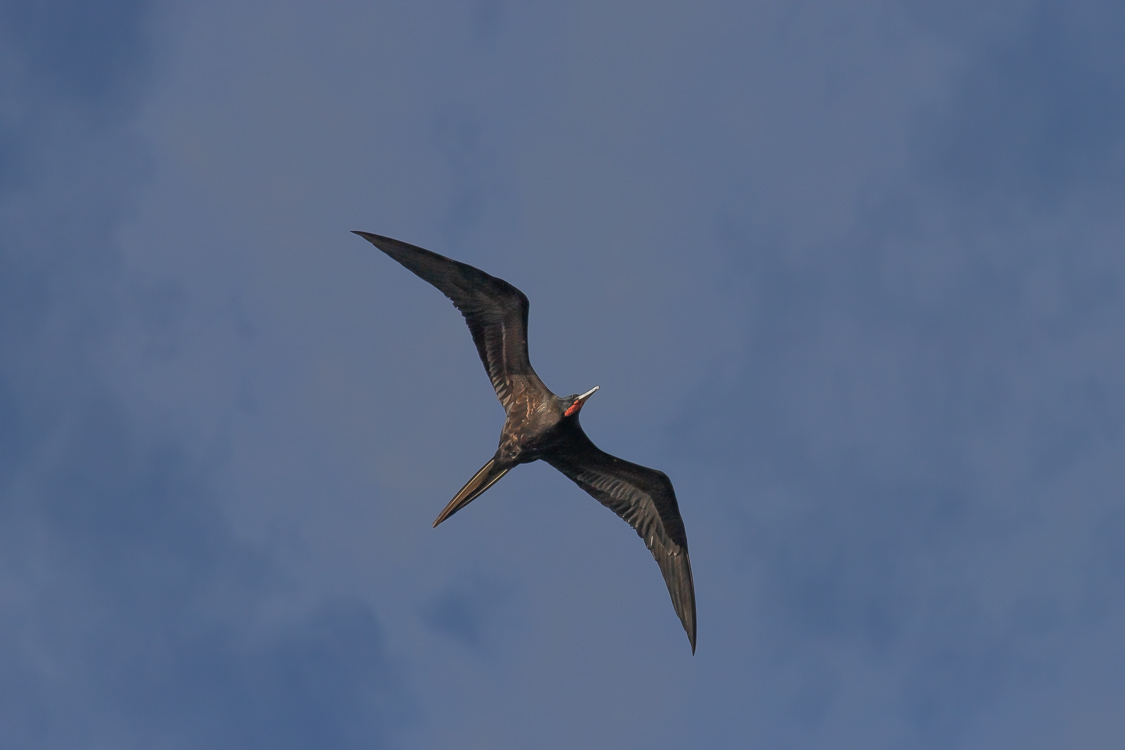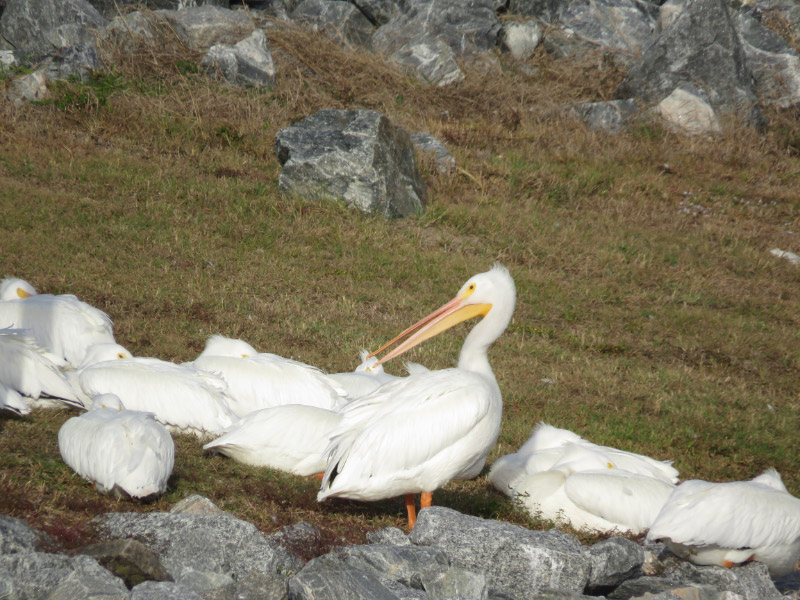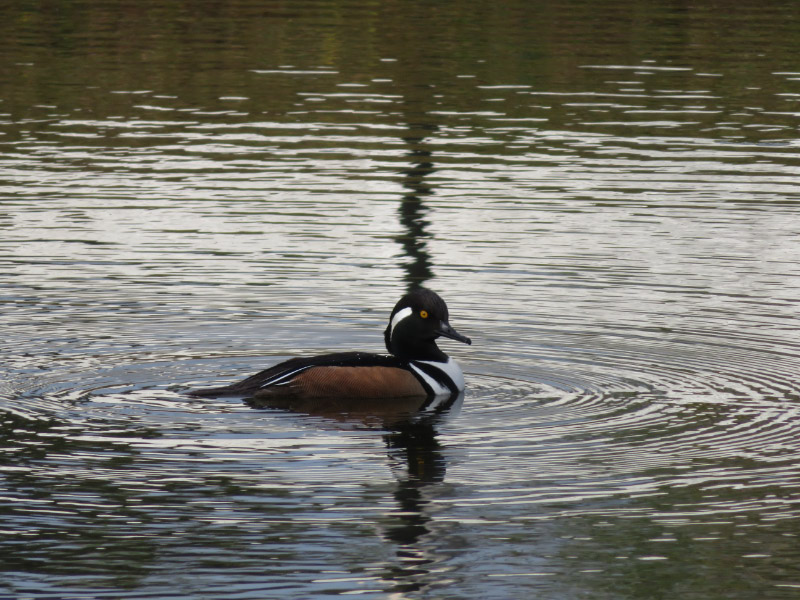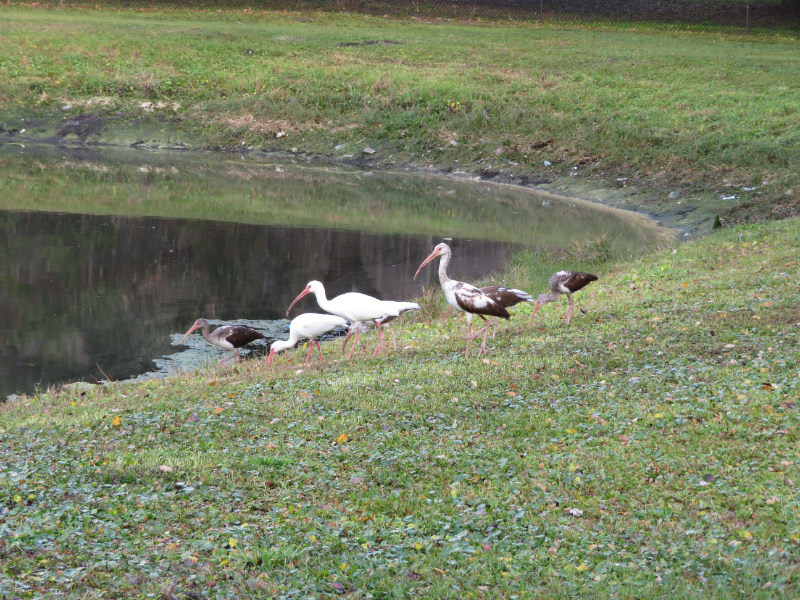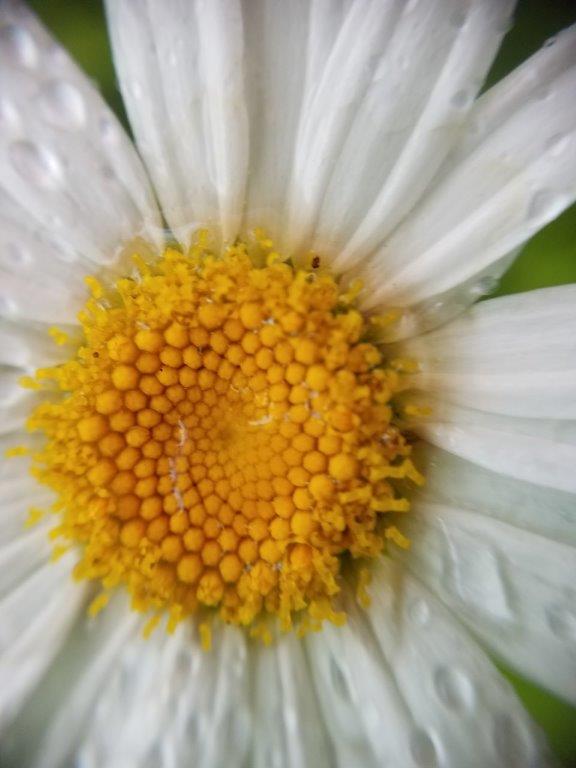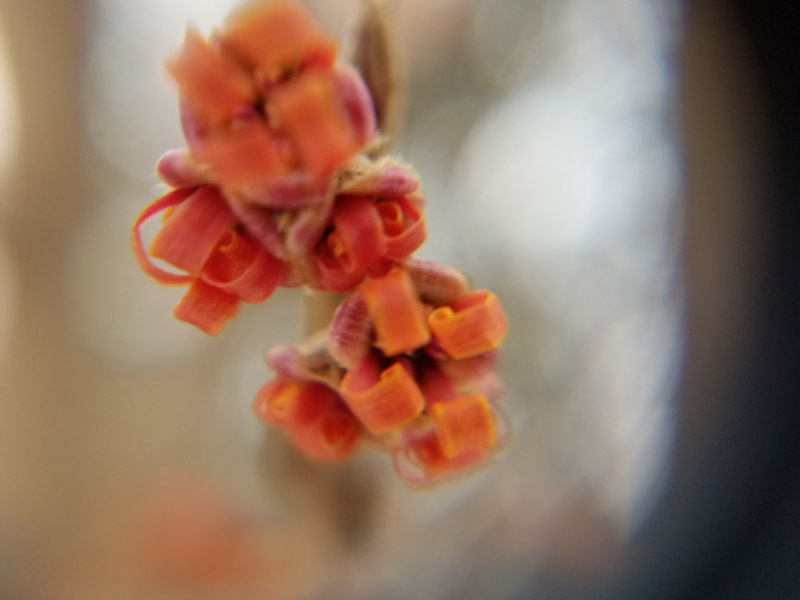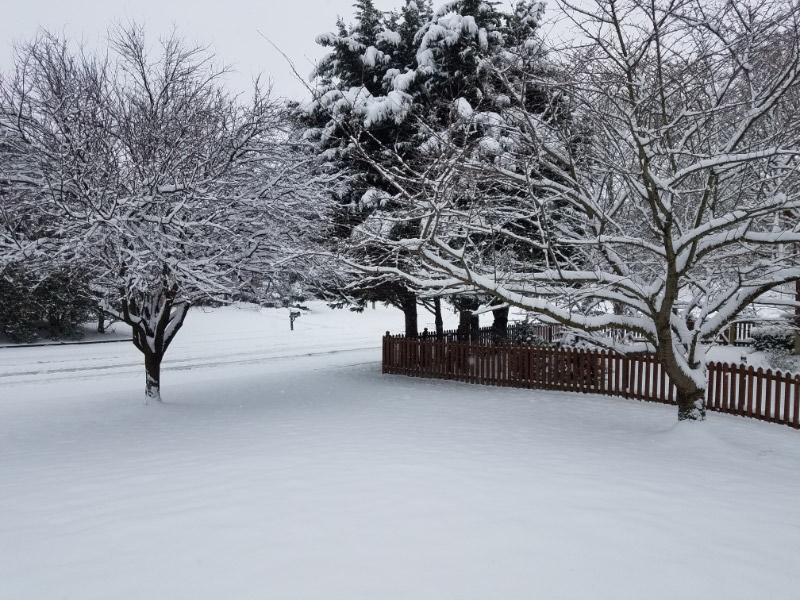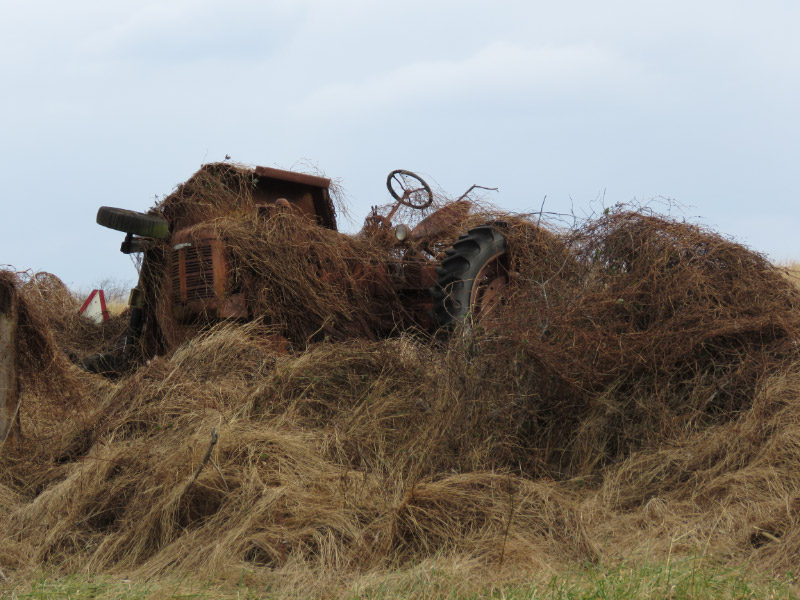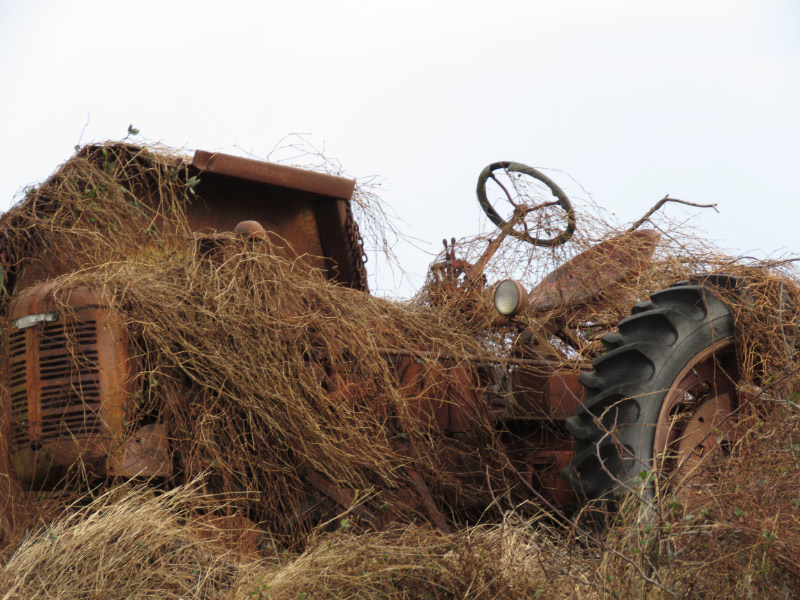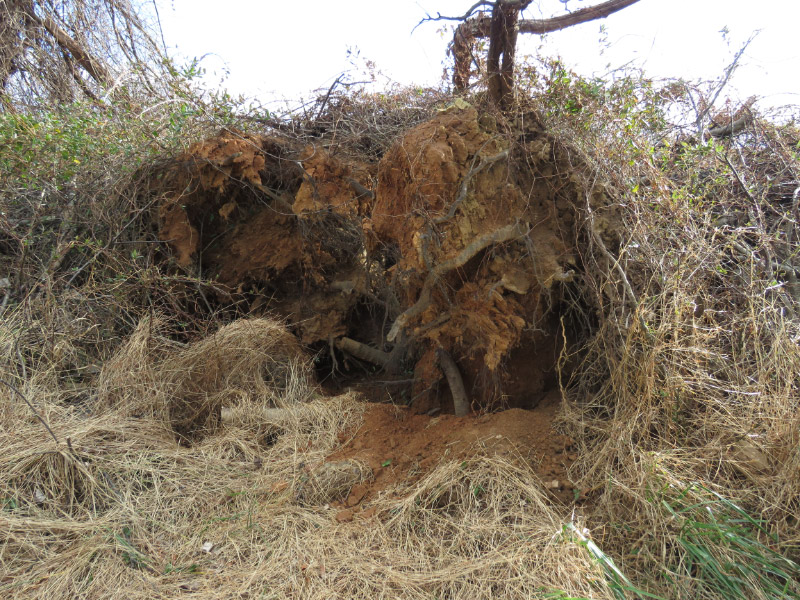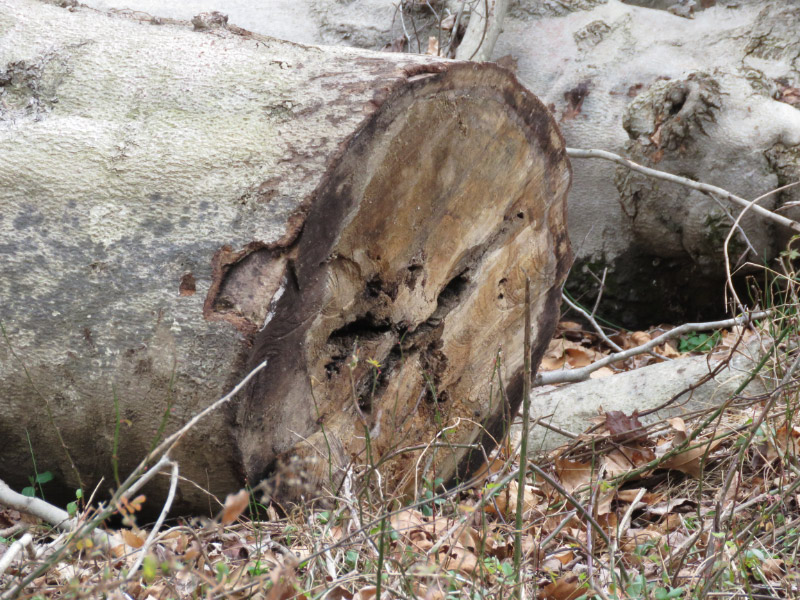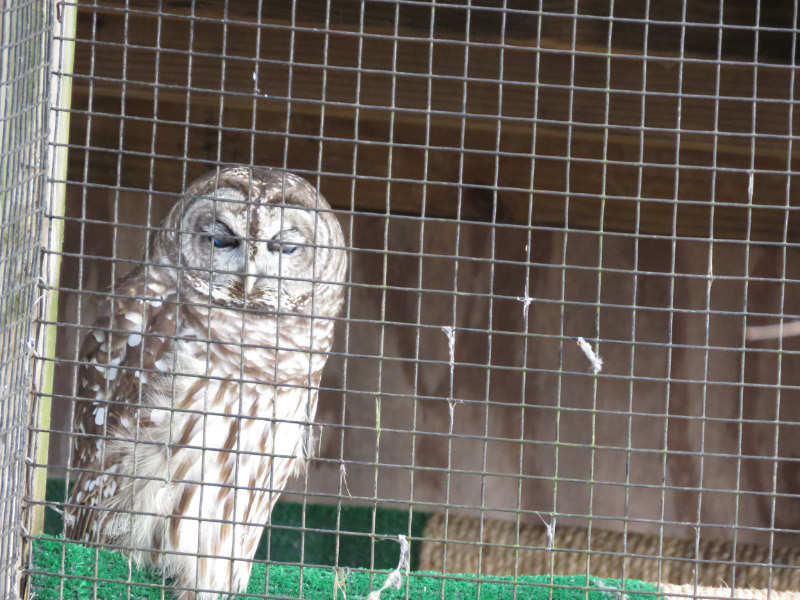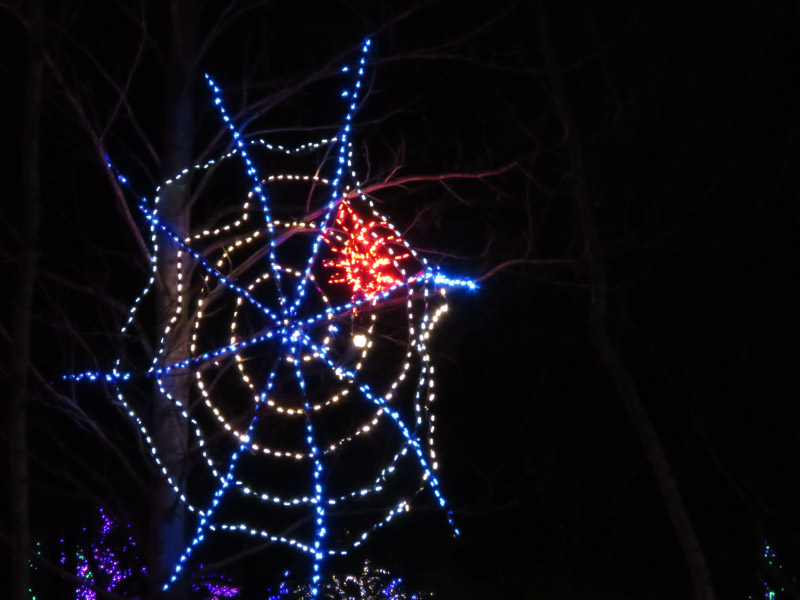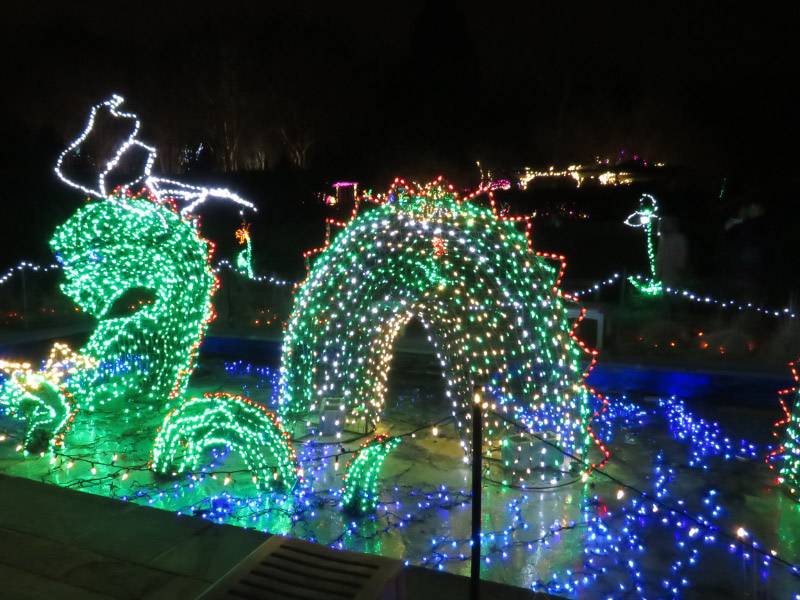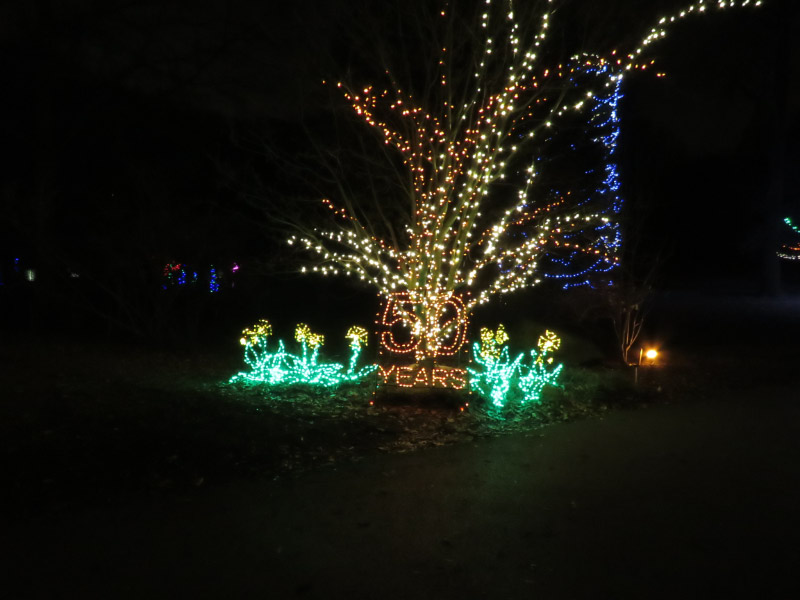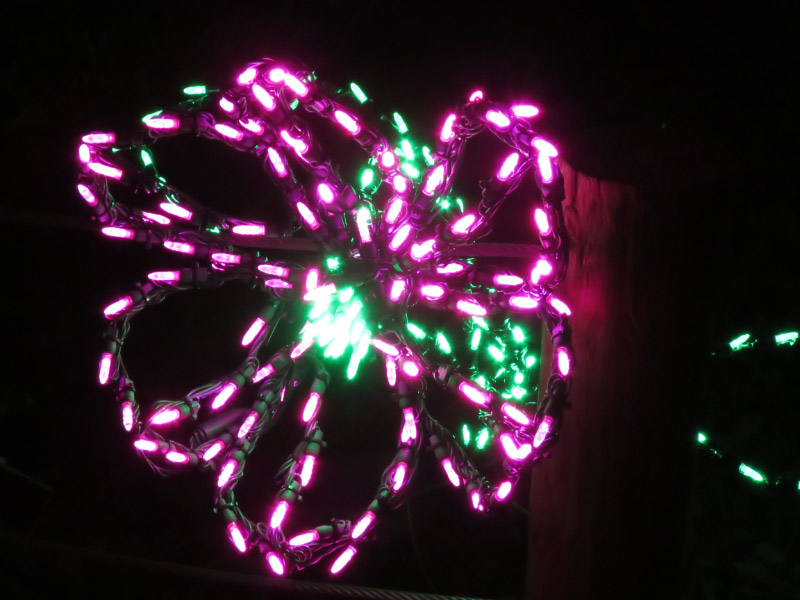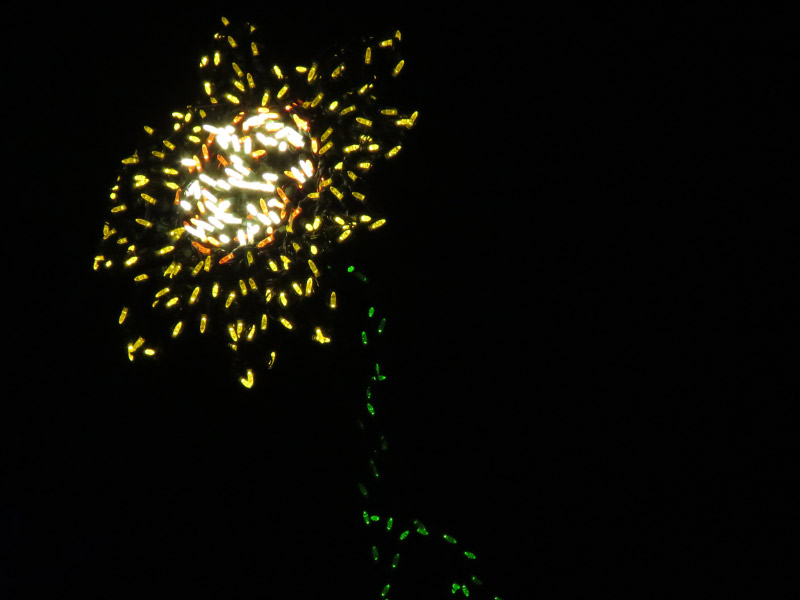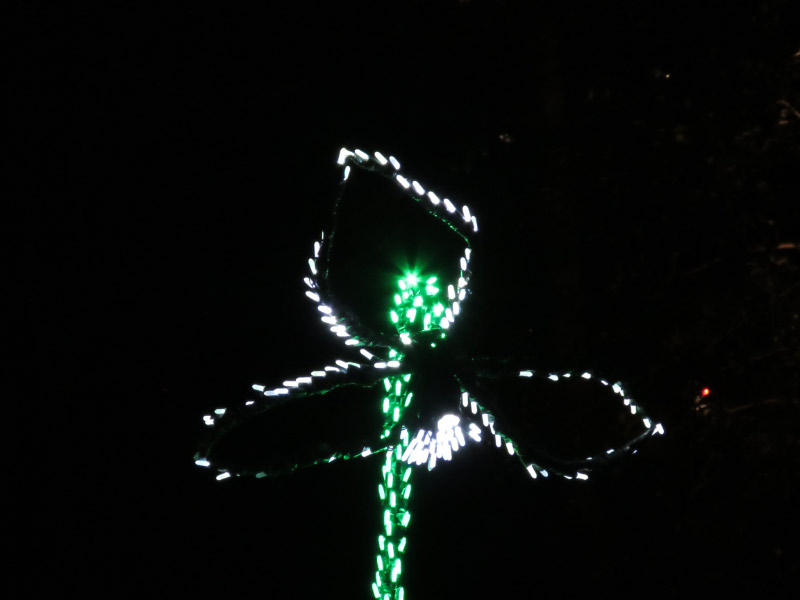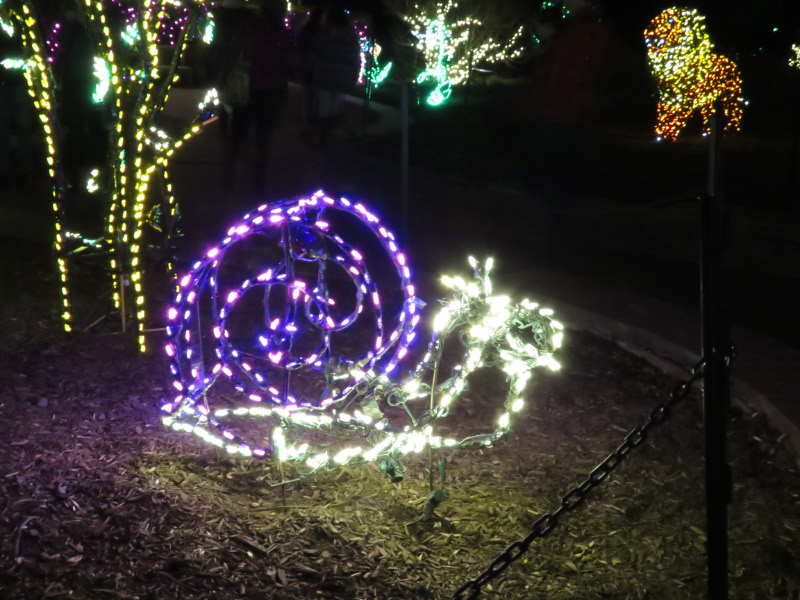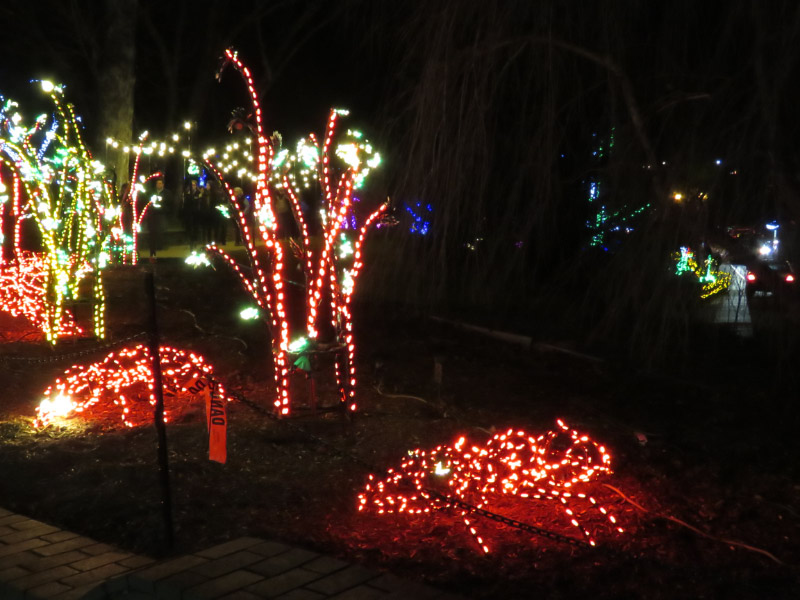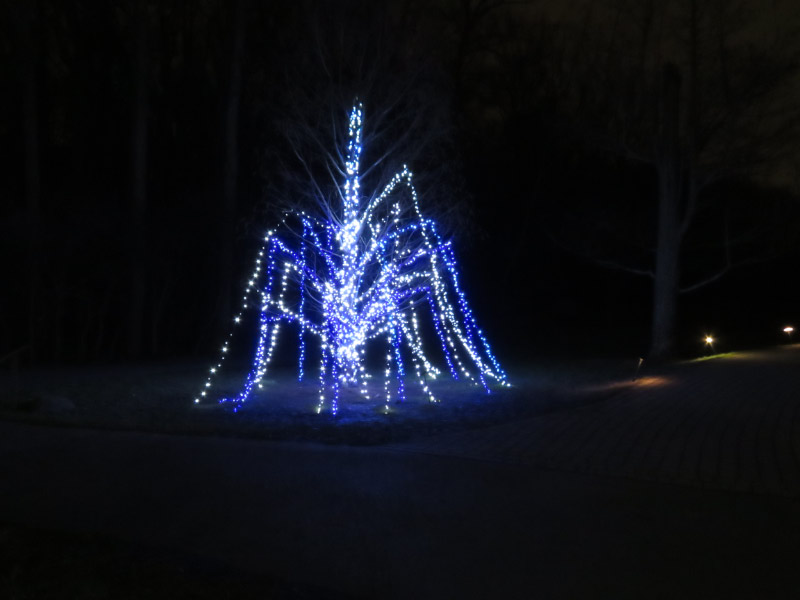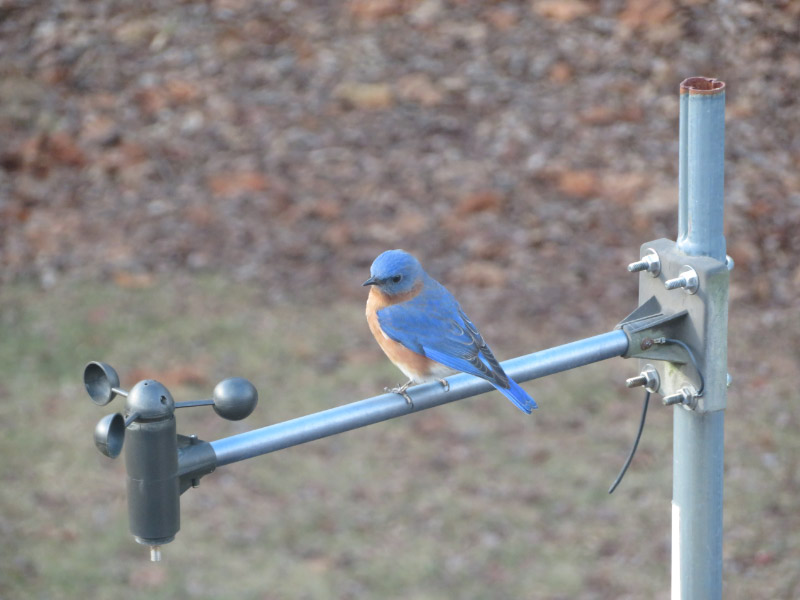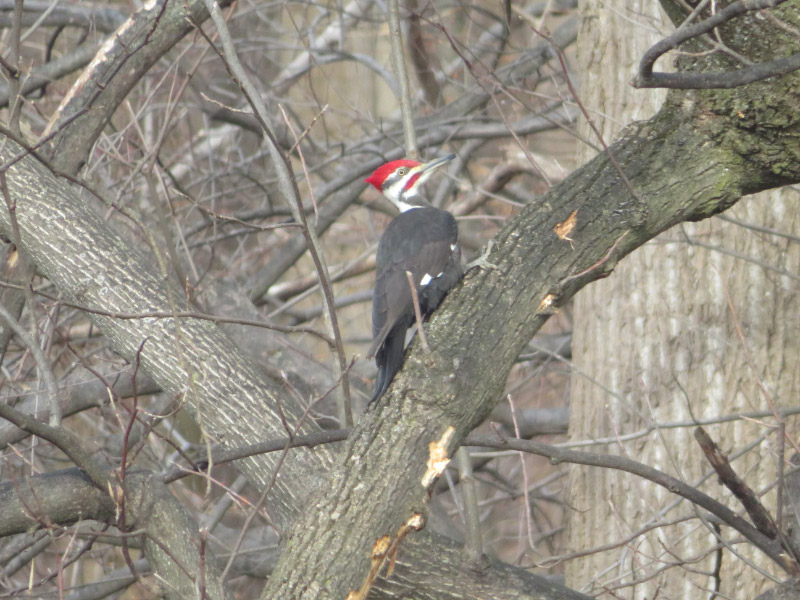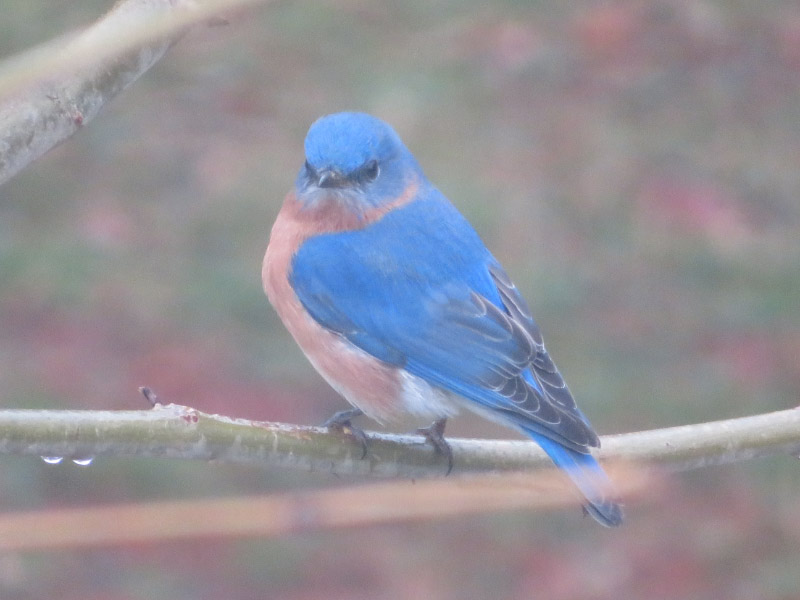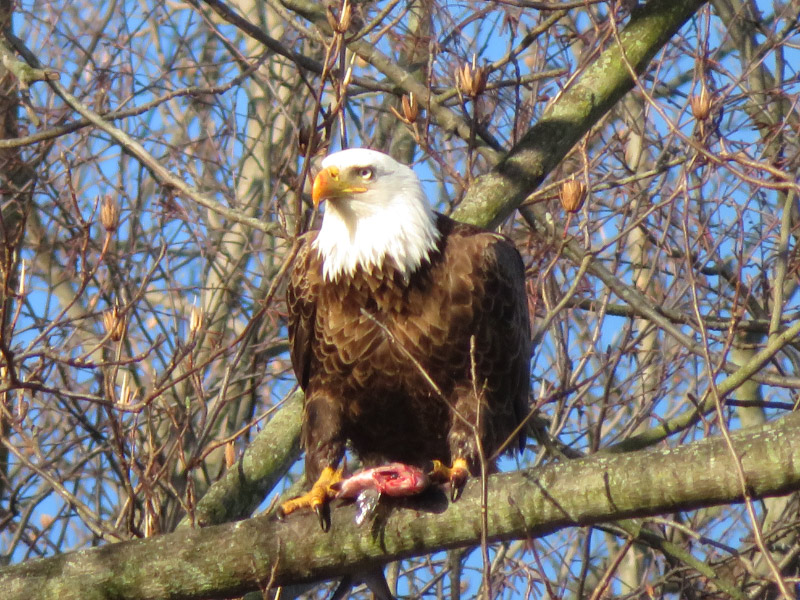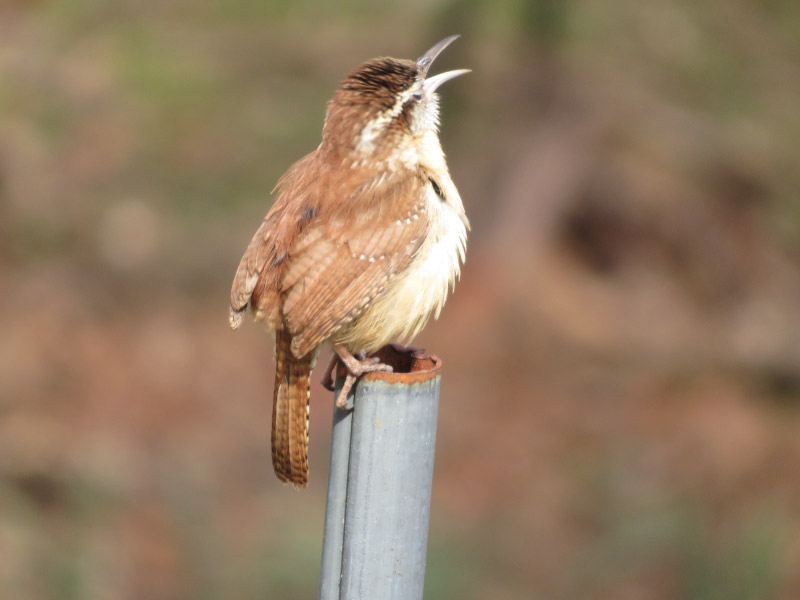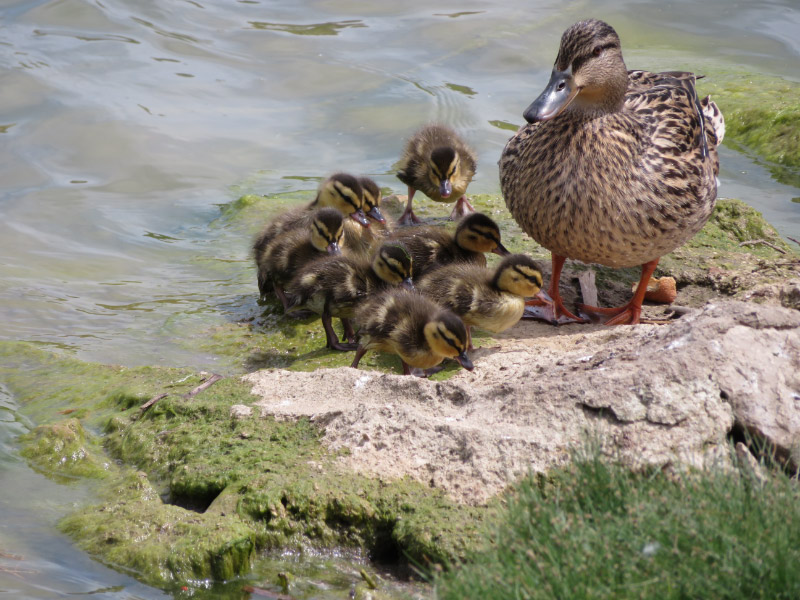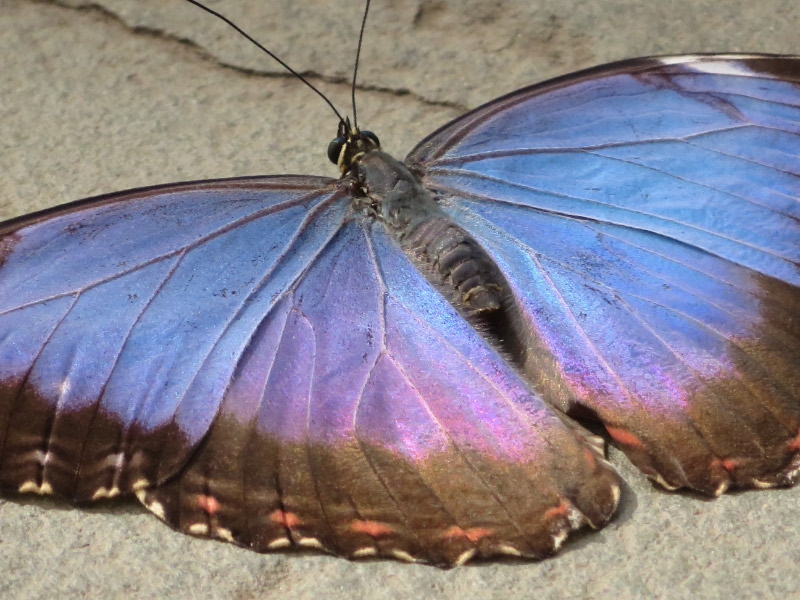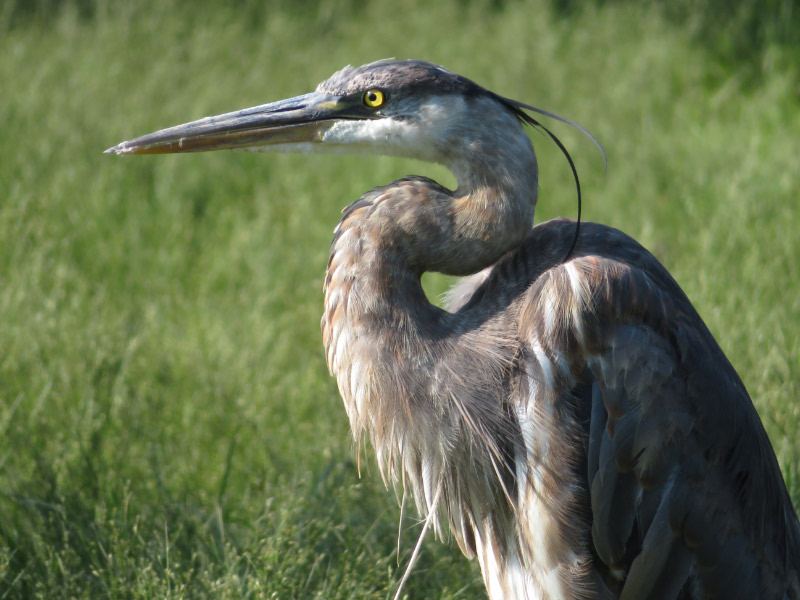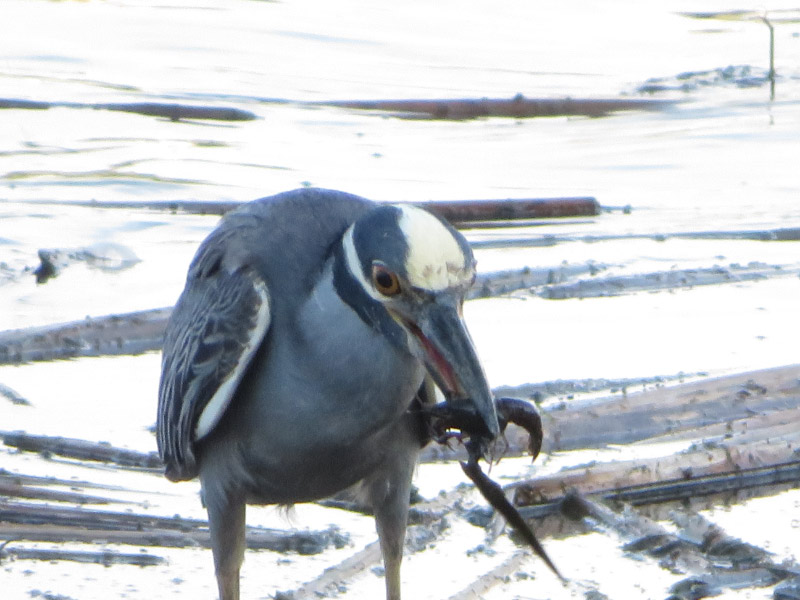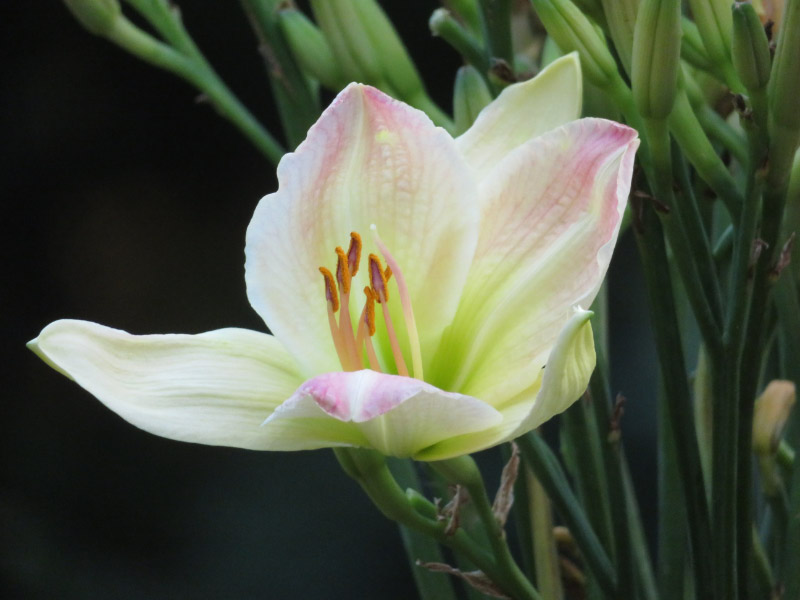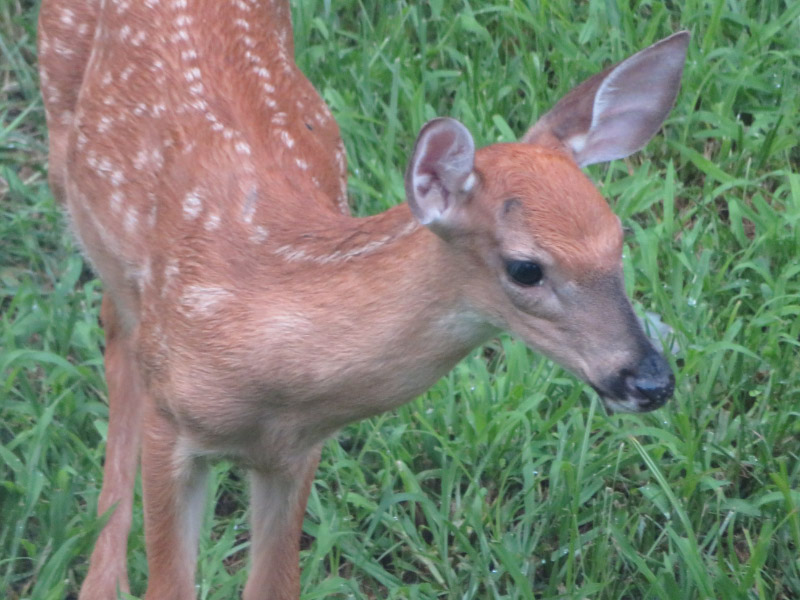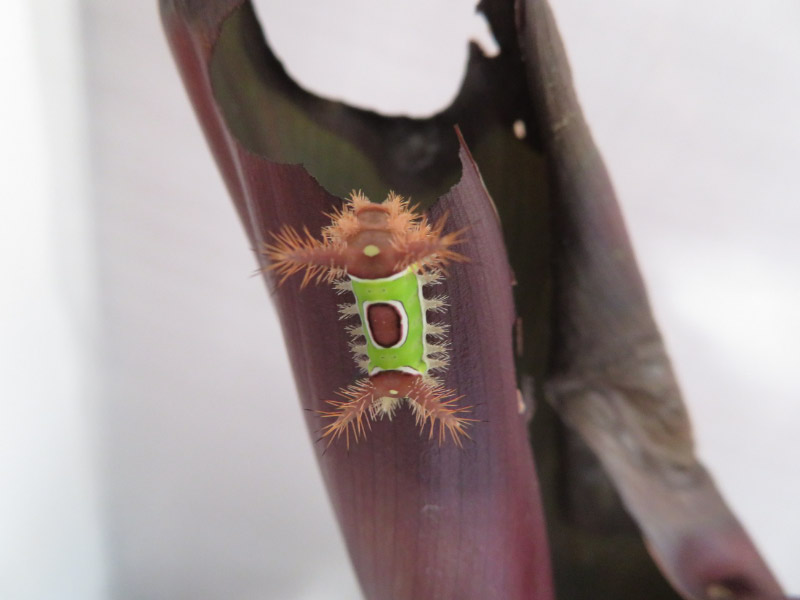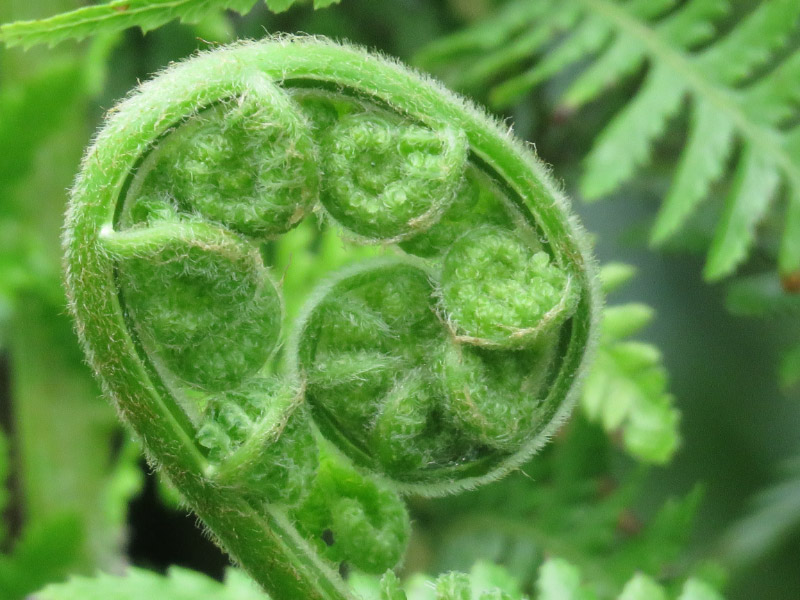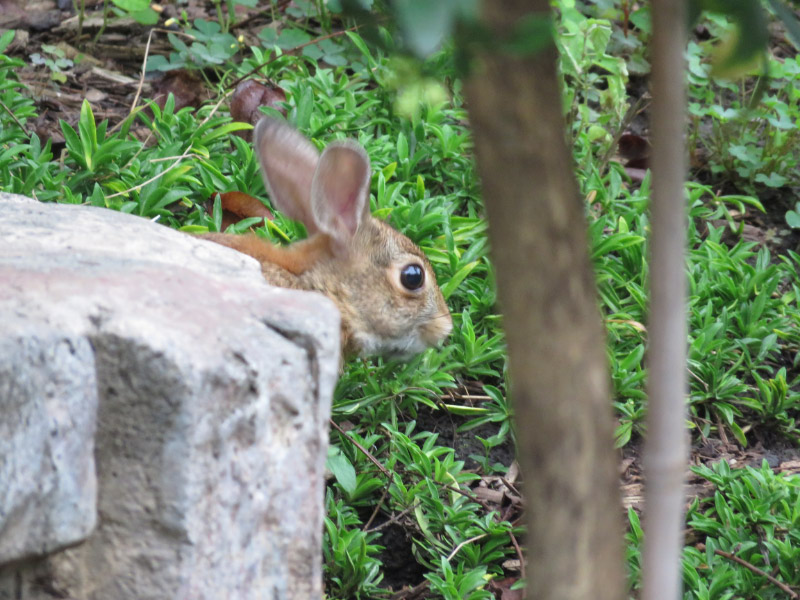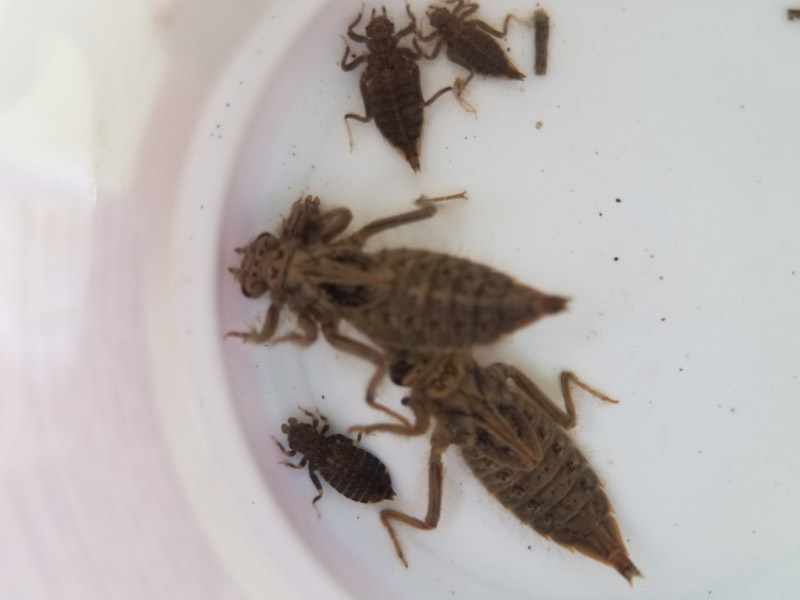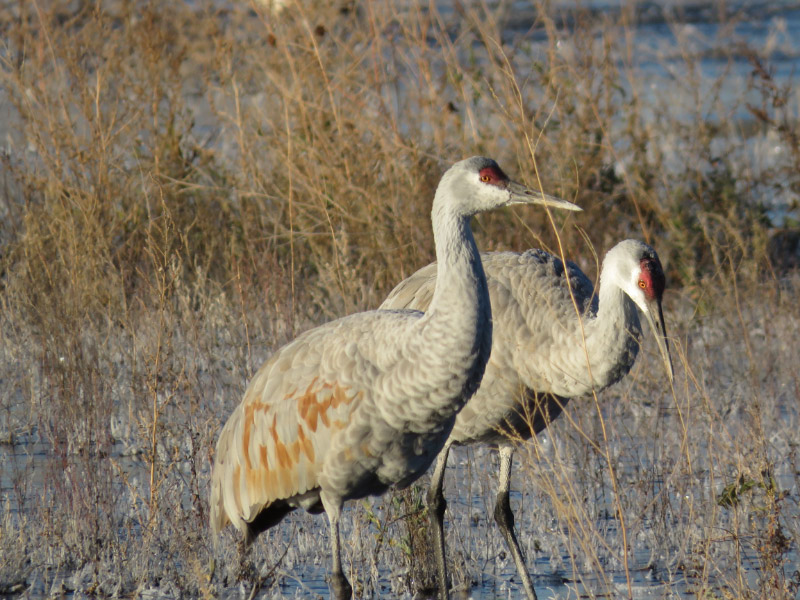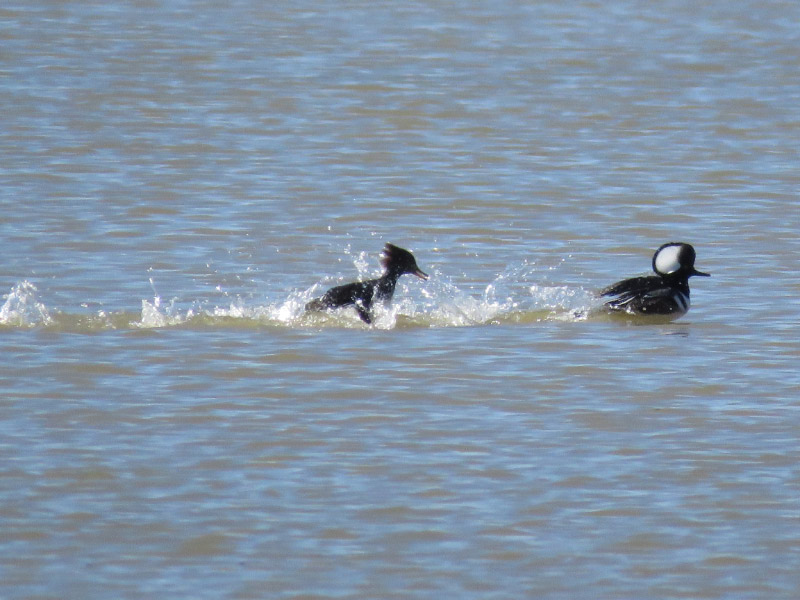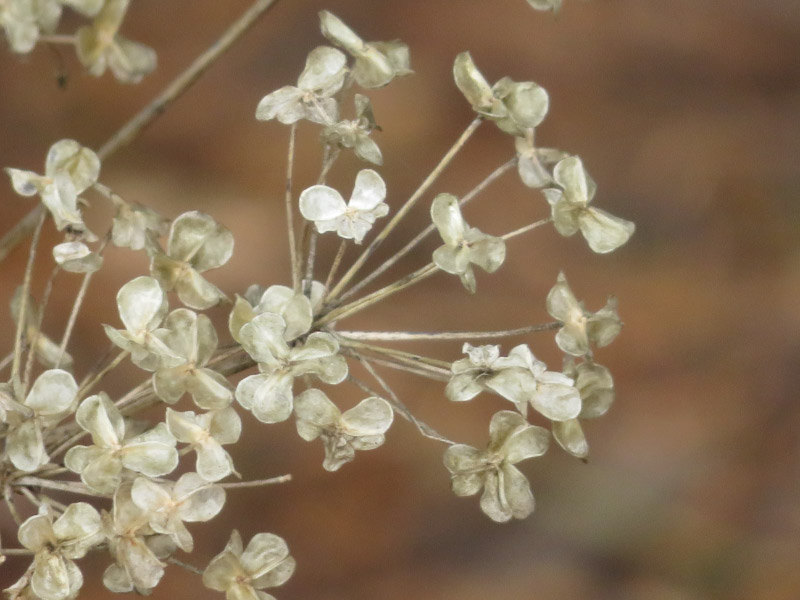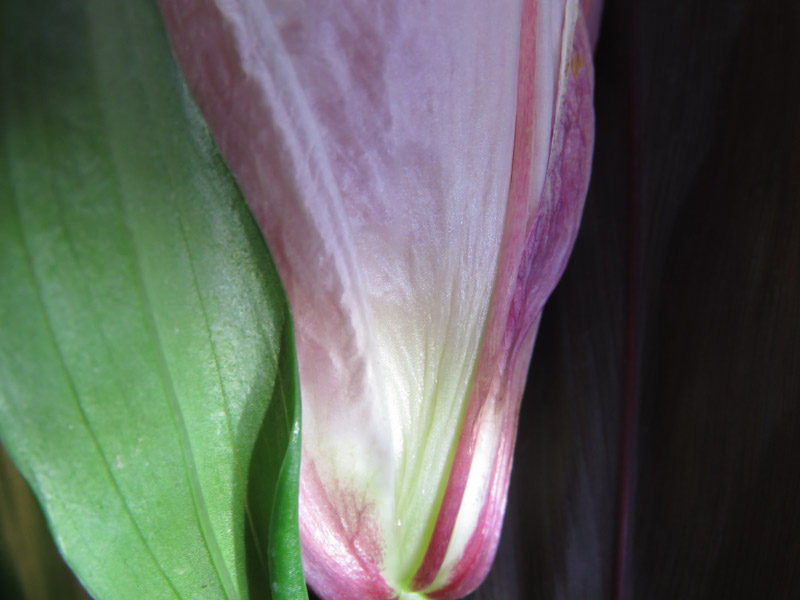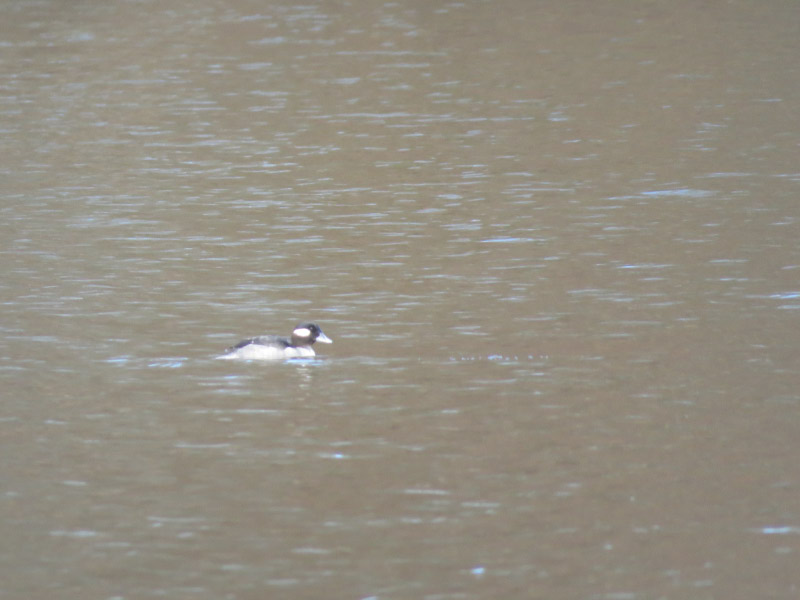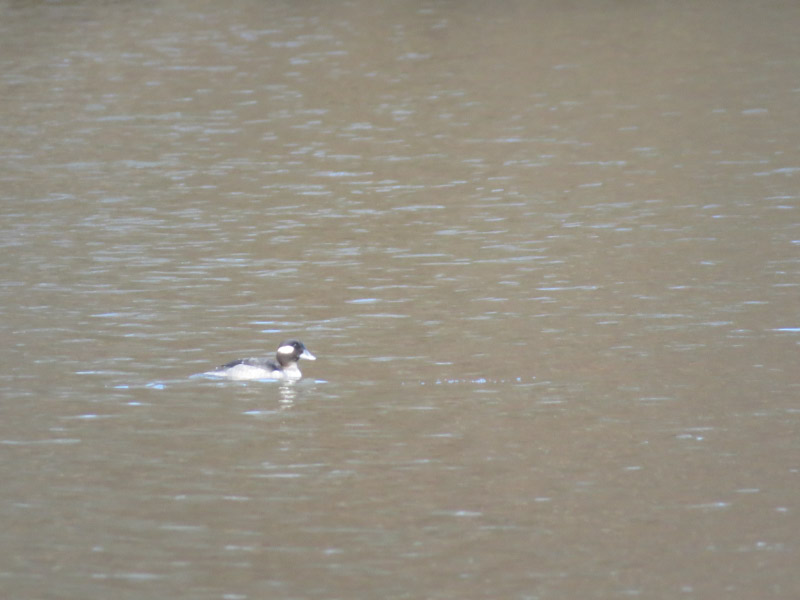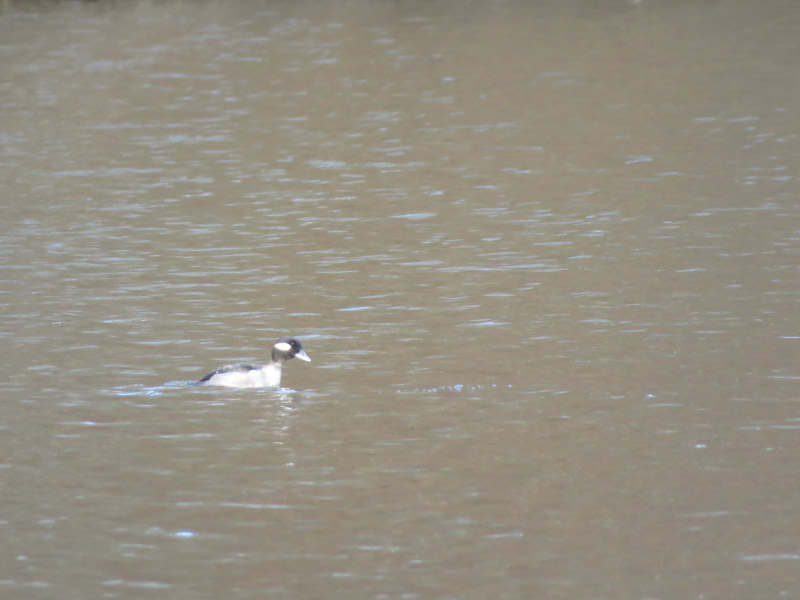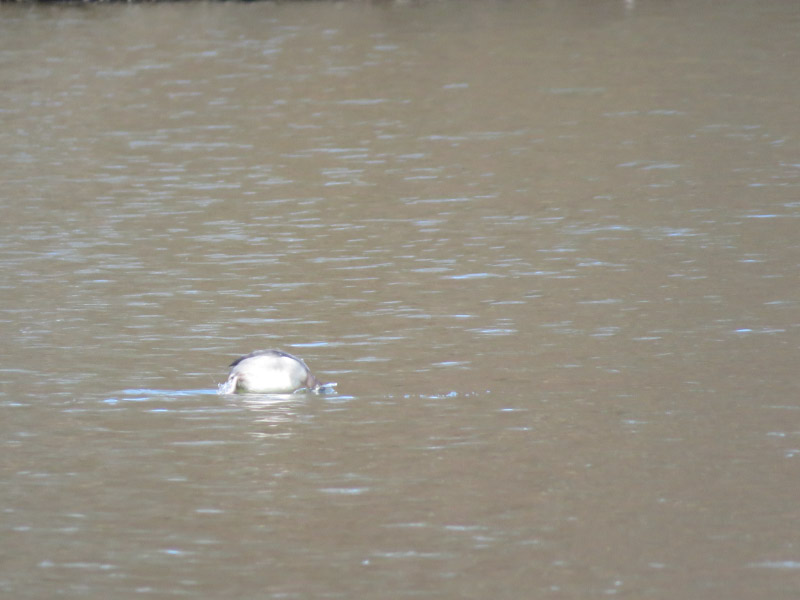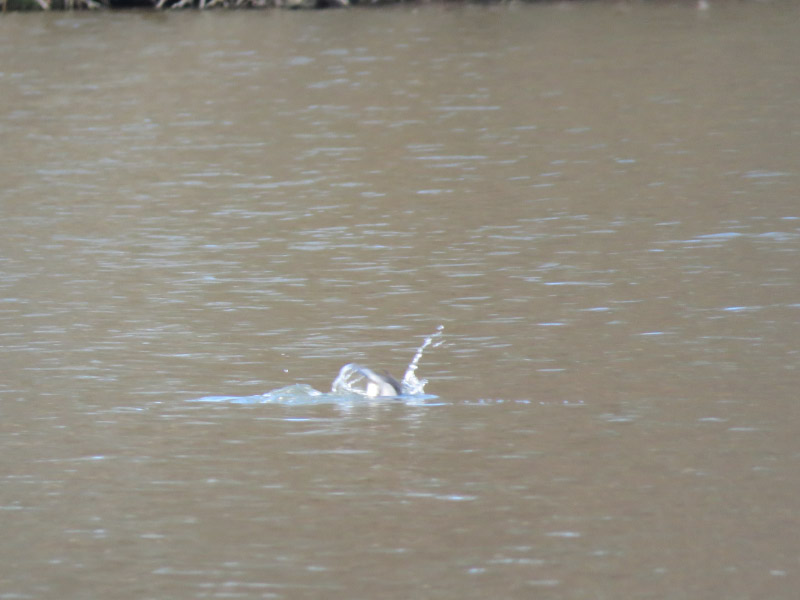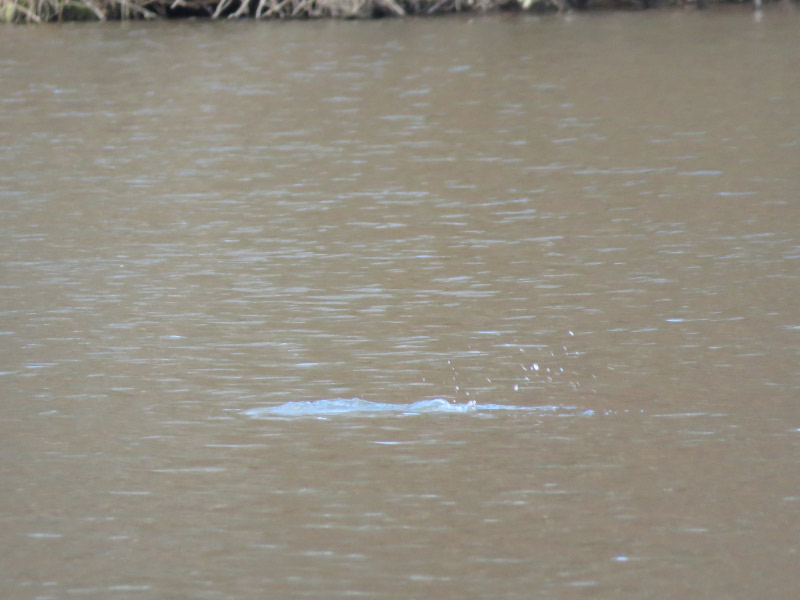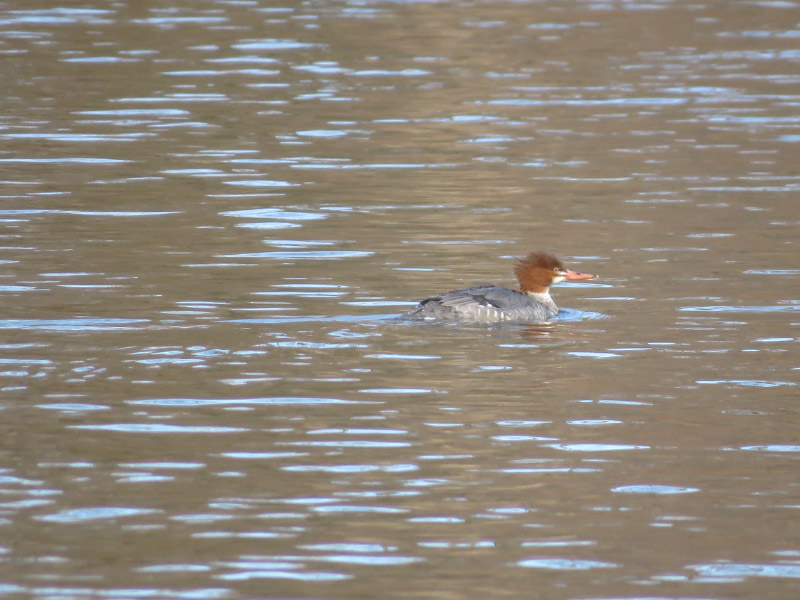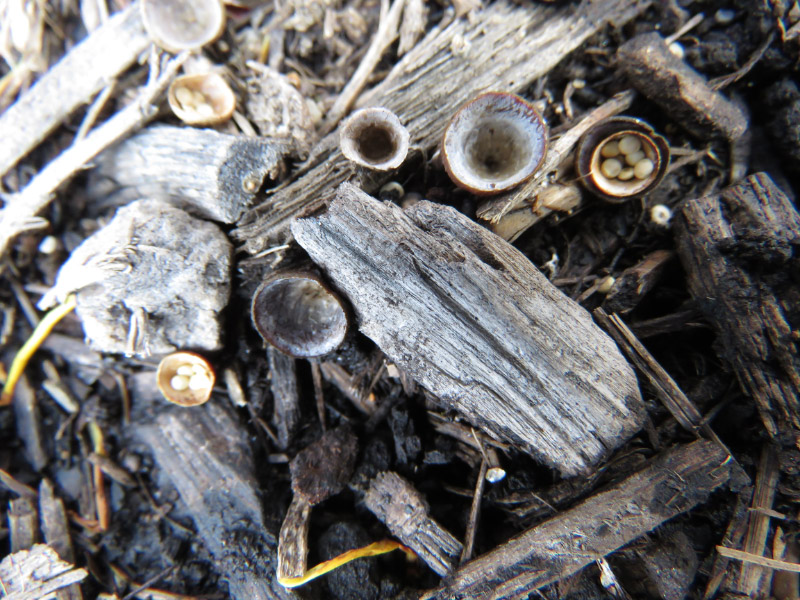Port Canaveral Boat Tour
/After we picked up our registration material for the Space Coast Birding Festival, we went out for lunch then headed to the Kelly Park dock for a boat tour of Port Canaveral. It was a pontoon boat with bench seats. Shortly after we sat down – it started sprinkling then raining harder. We got off the boat to stand in the drier picnic pavilion in the park. The wind was blowing enough that we had to stand well under the pavilion roof.
I took a picture of a little blue heron that did not seem bothered by the rain and wind at all.
Then the rain stopped, the seats were dried off and we headed out only about 15 minutes late. I took some pictures of barnacles around the dock area.
We saw evidence of manatee in the water….the flat circles of water as they swim along…and then the tips of their noses when they come up for air. The ‘slow speed’ signs did indeed mark areas where there were manatee in the water.
We saw birds along the canal before we got to the locks: anhinga,
Great blue heron (looking scruffy from the recent rain),
Osprey,
And double crested cormorants.
We entered the lock and tied up. I took some brown pelican portraits while we waited.
Then the gates started to open.
The pelicans road the little water wave as the water leveled…and one took flight.
There was an immature brown pelican outside the lock area. The light on the water was perfect.
The high point of the trip was a frigate bird soaring overhead. I just watched it. My husband got the picture.
There was a cruise ship and the SpaceX barge (used for rocket recovery) in Port Canaveral itself. I was more interested in bird pictures…so didn’t document those sights.
We headed back through the lock. I turned back to take a picture of the white pelicans grouped on the bank and
The horseshoe crab shells that accumulated to the side of the lock.
I managed to take a picture of a bald eagle just before it flew way…a good ‘last picture’ before we docked back at Kelly Park.


















